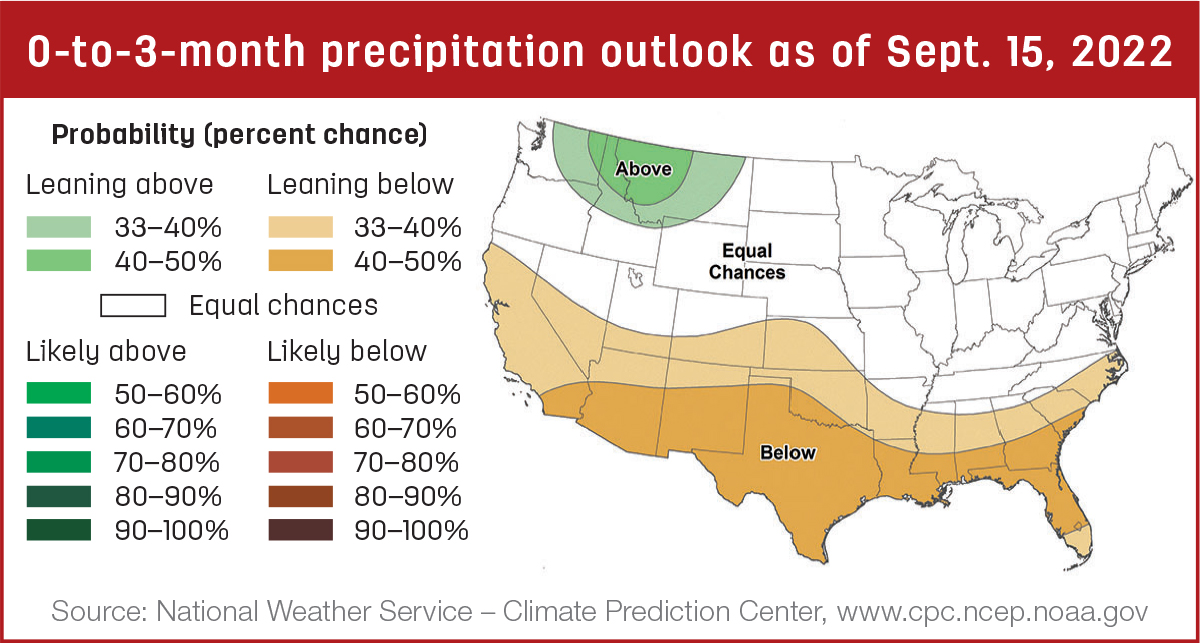For many cow-calf producers, fall means calves have recently been sold or will be sold in the coming months, so this is a good time to evaluate how the calves did or are doing. When developing a cost-effective strategy to increase the pay weight of each calf as well as total pounds sold from the operation, it is important to consider all factors and operation resources.
There are several factors that influence sale weight. The factors that have the most impact can be grouped into one of three areas: nutrition, genetics and shrink.
Nutrition
Cow body condition score (BCS) impacts the percent of cows that get bred, how early in the breeding season they conceive and how much milk they produce. If cow body condition is not properly managed, it means lighter weaning weights this year and fewer calves next year. As such, forage quality and supplementation strategies should be managed so cows are in the proper condition prior to calving and weight loss is controlled after calving. Two- and 3-year-old females should be in a BCS of 6 or greater at calving and older cows a 5 or greater at calving. Additionally, high-quality forage for calves to graze while they are nursing as well as after weaning is the cheapest way to add weight to calves.

Genetics
From a genetic standpoint, it is important to be realistic about how much impact selecting bulls with more growth will have on calf sale weight. For example, weaning weight would be expected to increase by about 17 pounds if Angus bulls in the top 10th percentile for weaning weight expected progeny difference (EPD) are used compared to bulls in the 50th percentile. If nutrition is lacking, this genetic potential might not be expressed. Additionally, the likely increase in bull cost must be evaluated against the value of the added weight. If replacement heifers are being kept, be mindful that selecting for more growth often results in larger cows. Genetic impacts from a docility standpoint (wilder calves will likely shrink more at sale) and cow fertility standpoint should also be considered.
Shrink
Shrink will vary depending on how cattle are managed, handled and marketed, and can easily influence calf sale weight by 30 pounds or more. Whenever possible, reduce handling and sorting as much as possible before cattle are weighed, and make sure cattle are handled calmly and quietly.





